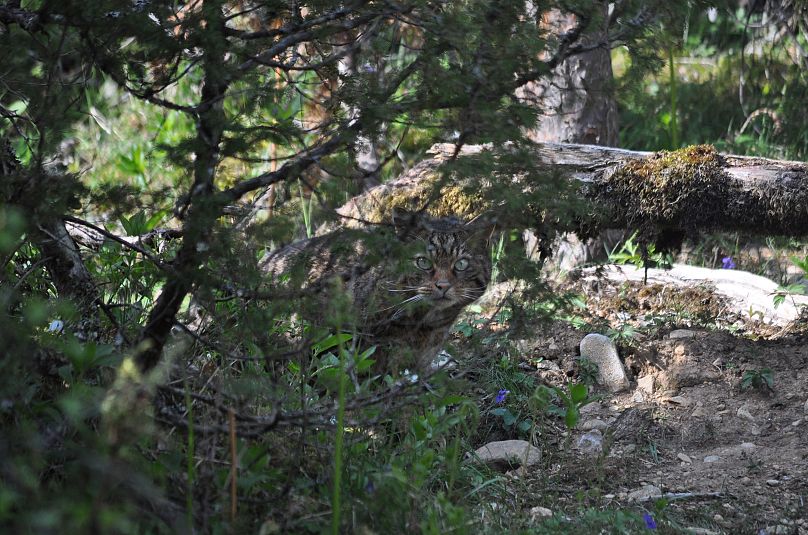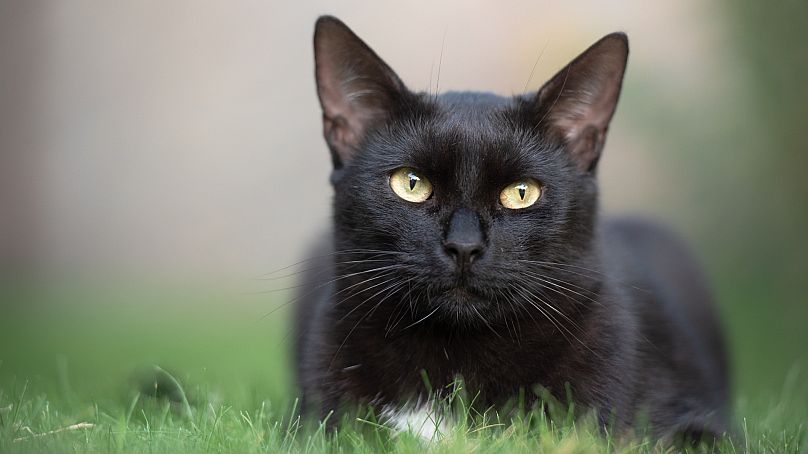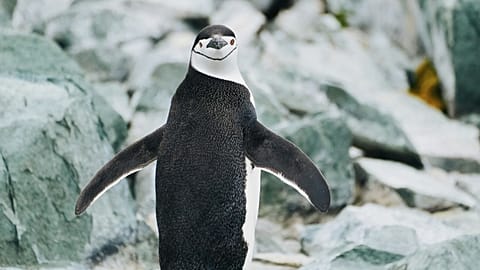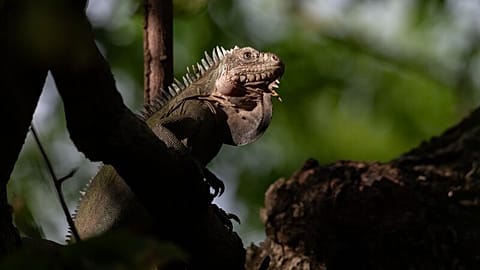New archaeological and genetic evidence could transform what we know about the history of cats in Europe.
A team of international researchers has discovered that since the introduction of domestic cats, they avoided mating with Europe’s native wildcats - despite being exposed to each other for 2,000 years.
But around 60 years ago in Scotland, that all changed when rates of interbreeding rose rapidly. This hybridisation has quickly overwhelmed the country’s remaining wildcat population.
What changed for Europe’s wildcats?
The team speculates that dwindling wildcat populations may have offered less chance of finding a mate, causing them to turn to domestic cats instead. It may have also offered wildcats some protection against diseases introduced by their domestic counterparts.
“Wildcats and domestic cats have only hybridised very recently. It is clear that hybridisation is a result of modern threats common to many of our native species,” explains Jo Howard-McCombe from the University of Bristol and the Royal Zoological Society of Scotland.
Lost from England and Wales by the end of the 19th century, wildcats are now only found in the Scottish Highlands. In just a few decades, however, the genes that define the Scottish wildcat have become ‘swamped’ by hybridisation.
“Habitat loss and persecution have pushed wildcats to the brink of extinction in Britain.”
Understanding the history, Howard-McCombe says, could help us to manage that threat in the future.
Cats and dogs may be more similar than you think
Domestic animals, including sheep, goats and pigs, have been closely associated with humans since the emergence of farming communities more than 10,000 years ago. These relationships have caused plants and animals to spread well beyond their native ranges as people moved around.
Analysis over the last 20 years has revealed that as most domestic animals moved into a region they interbred with wild species, dramatically altering their genetics. This pattern has been seen in every domestic animal except dogs.
Domestic cats are thought to have descended from Near Eastern wildcats and were introduced to Europe around 2,000 years ago.
The research team collected genetic evidence from both wild and domestic cats, including 48 modern individuals and 258 ancient samples excavated from 85 archaeological sites that span the last 8,500 years.
Their findings suggest that these animals avoided sexual contact with each other until the 1960s.
“We tend to think of cats and dogs as very different,” says Professor Greger Larson from the University of Oxford, who contributed to the research.
“Our data suggests that, at least with respect to avoiding interbreeding with their wild counterparts, dogs and cats are much more similar to each other than they are to all other domestic animals. Understanding why this is true will be fun to explore.”




















